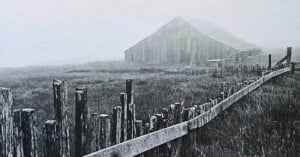
Focal Length, Diagonals, and Depth in Photos
I’ve long strived for depth in certain photos. I like a line that begins in the lower corner and heads for the diagonally opposite upper corner.

I’ve long strived for depth in certain photos. I like a line that begins in the lower corner and heads for the diagonally opposite upper corner.

Sports photographer Brian Bosche recently shared a short video on TikTok where he demonstrates three techniques to get better and unique photos.

Researchers have developed a novel way to give any modern digital camera the ability to calculate depth with a low-power and compact optical device.

An oft-underappreciated feature of human sight is the ability to perceive depth in flat images, and while computers can "see" thanks to camera technology, that kind of depth perception has been a challenge -- but perhaps not anymore.
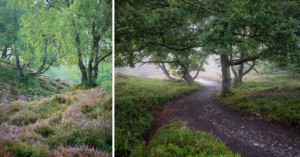
Landscape photographer and YouTuber Mads Peter Iversen is back with another helpful tips video. This time, he's covering a very important subject that many beginners fail to properly appreciate when they're just starting out: how to create depth in your landscape imagery.
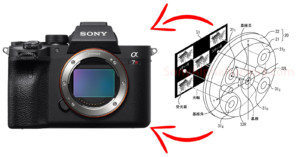
A Japanese patent from Sony hints at a future lens that would allow you to shoot first, and focus your photos later. By combining multiple smaller lenses into a single larger lens, the idea could open up a world of new imaging possibilities if it ever comes to pass.
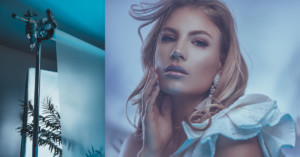
Shooting in a studio has its advantages. But although being warm, dry and convenient are greatly appreciated, shooting between the same four walls can get a little boring if you’re constantly using them as backgrounds for your shots.

Google has released an update to the Google Photos app for iOS that brings bokeh adjustment for Portrait mode photos.
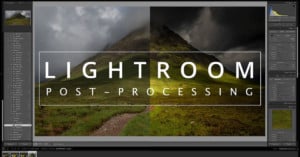
Here's a 24-minute video from Andrew Marr that looks at how he adds depth and drama to landscape photos during post-processing in Adobe Lightroom.
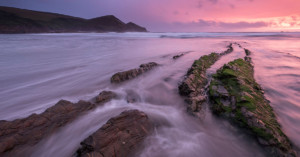
Sometimes a beautiful landscape scene doesn't look as good on camera as it did to your eye, but that's because translating a 3-dimensional scene into a 2-dimensional space is challenging. Using strong foreground elements in your composition is one way to create depth and counter this problem, as shown in this 8-minute tutorial from Nature TTL.
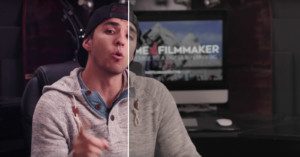
Many a blockbuster movie and several popular travel photo/video creators out there use something called the 'Orange and Teal look' when they color grade their work. Today, Parker Walbeck of Fulltime Filmmaker will explain what that look is, why it's used, and how to apply it to your creations.
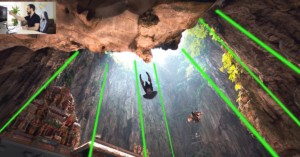
Here's a simple composition tip that promises to help add depth and impact to your images. Instead of thinking of light and lines separately, try to combine the two by having your strongest light source and your leading lines work together.
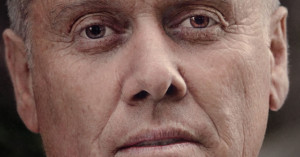
It is said that eyes are the windows to our souls and when focusing in on a portrait, we do our best to make sure they are razor sharp. With a bit of help from Photoshop, we can take the beauty of the eyes a step further. Today, we will be examining a method that I have personally used over the last few years to truly make eyes pop and give them another dimension of depth.

Today, HTC announced the release of their latest HTC One model, the M8. Full of spec updates across the board, one aspect in particular sticks out, especially for us, who are a bit more image-savvy than most consumers: it features a camera setup with two lenses where most phones have only one.
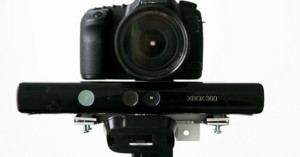
RGBDToolkit is a project that layers HD video recording with a DSLR over Microsoft Kinect's depth maps, creating trippy 3D footage that may be an indication of what we'll be documenting life with in the future.
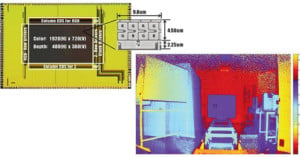
Samsung has developed what the company claims is the world’s first CMOS sensor that can capture both RGB and …